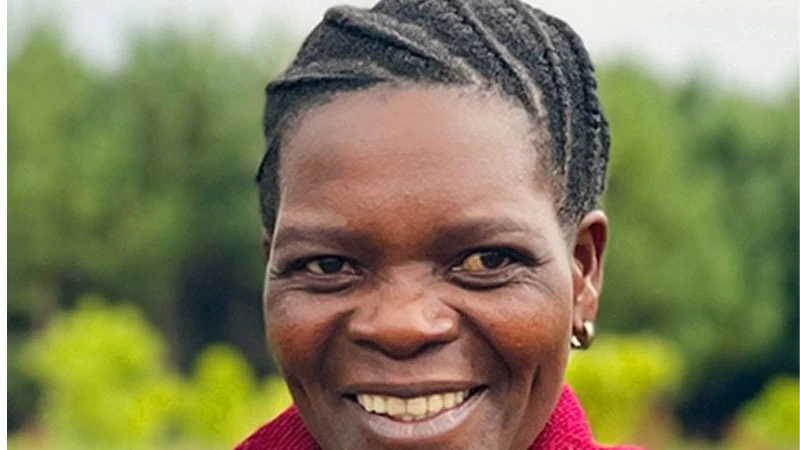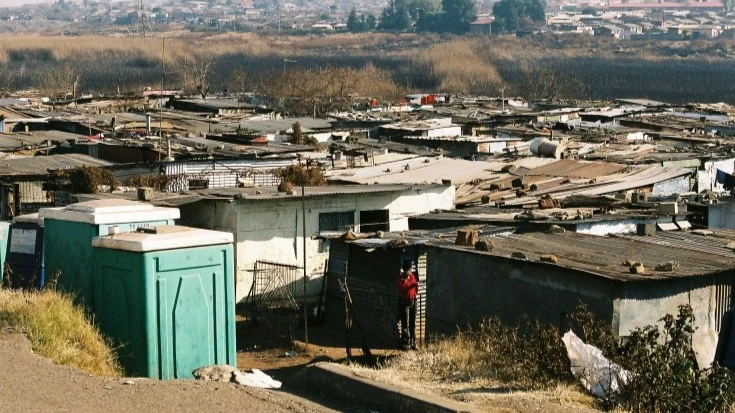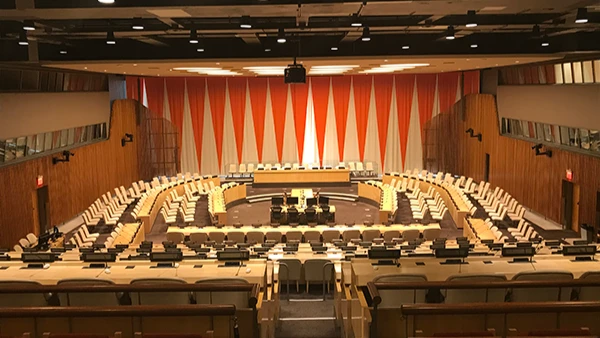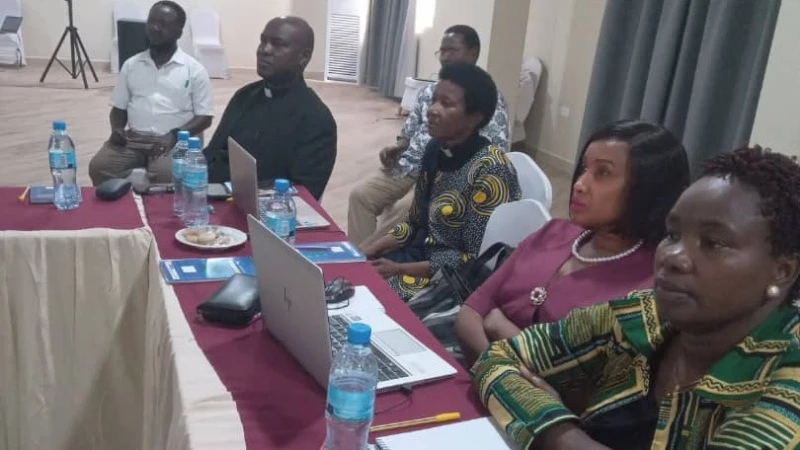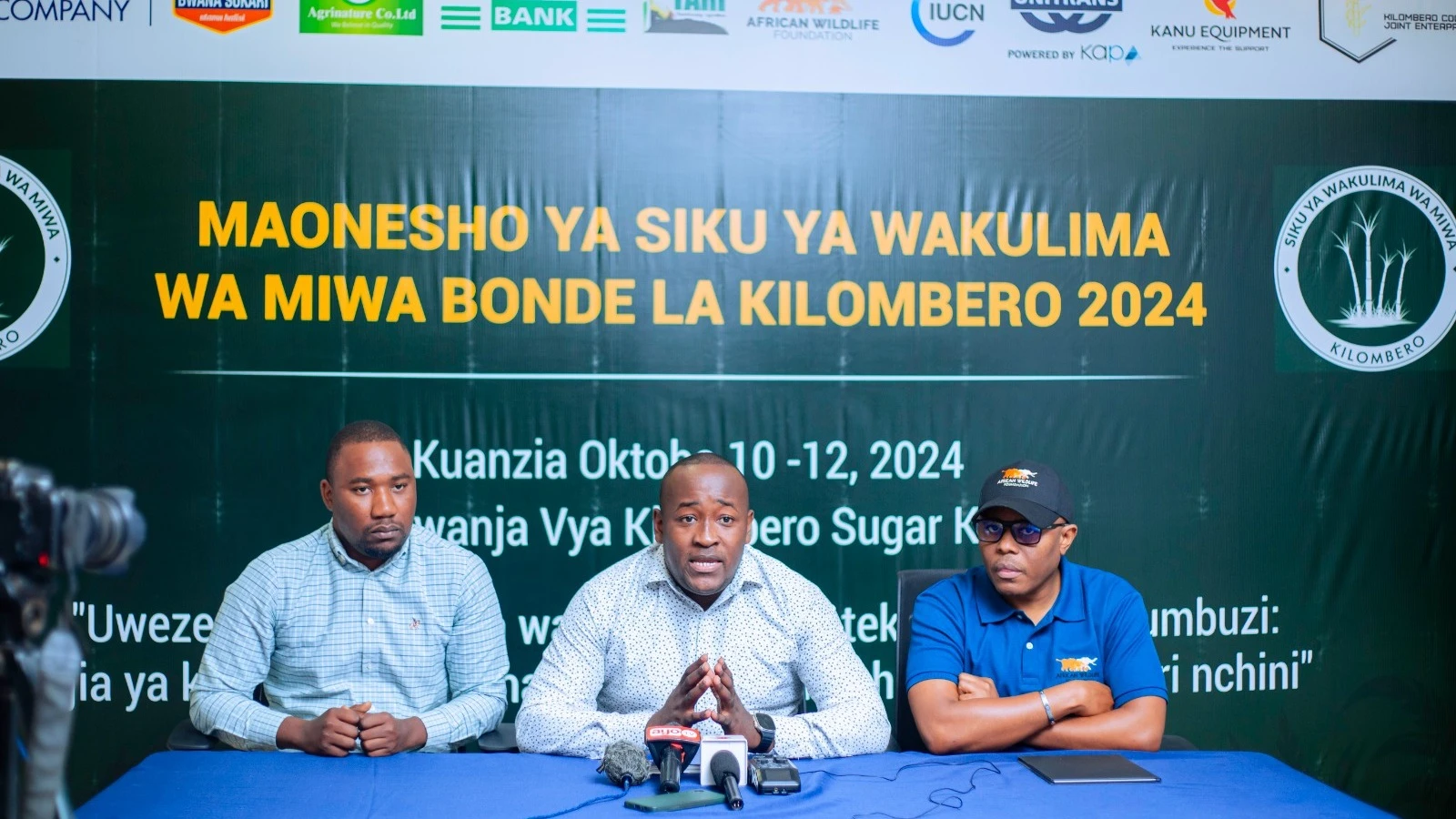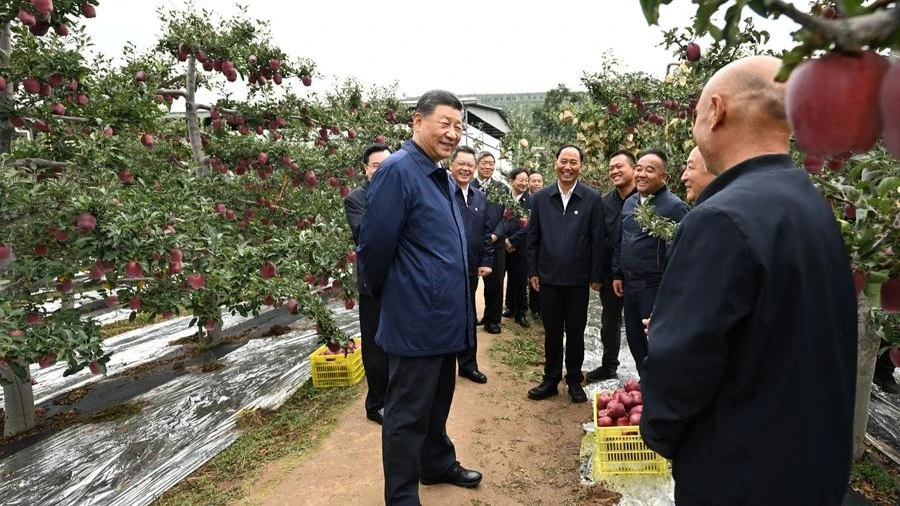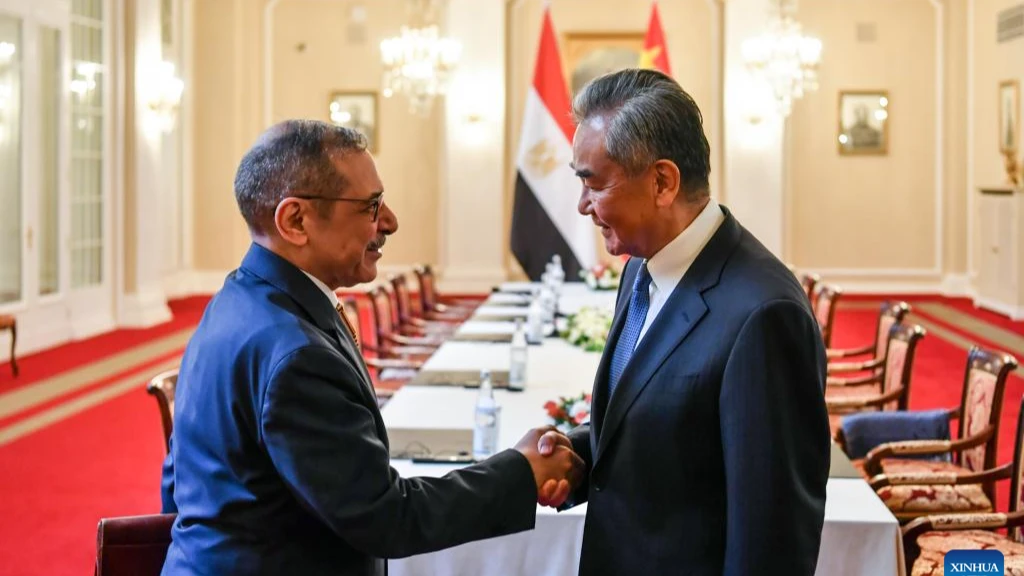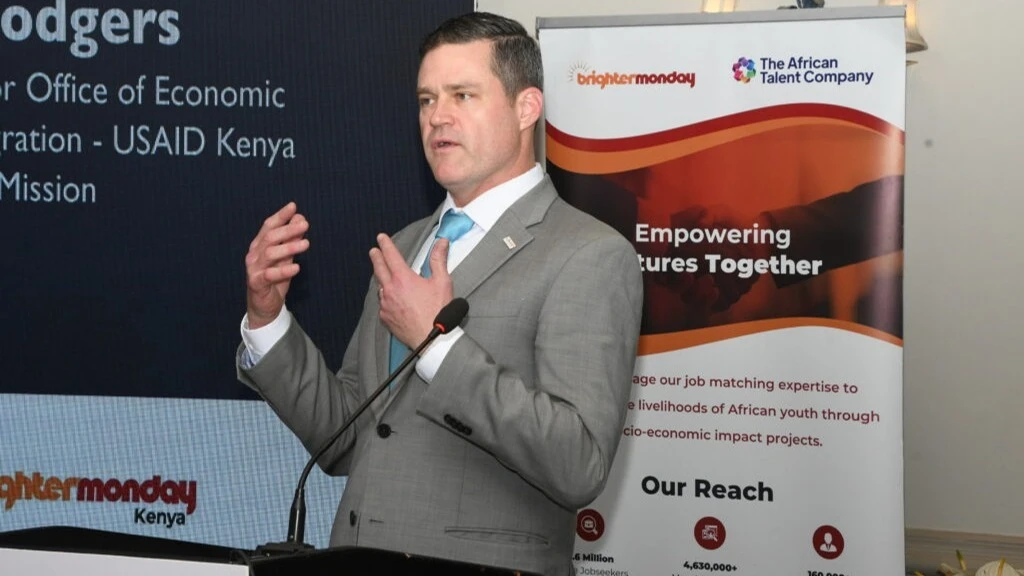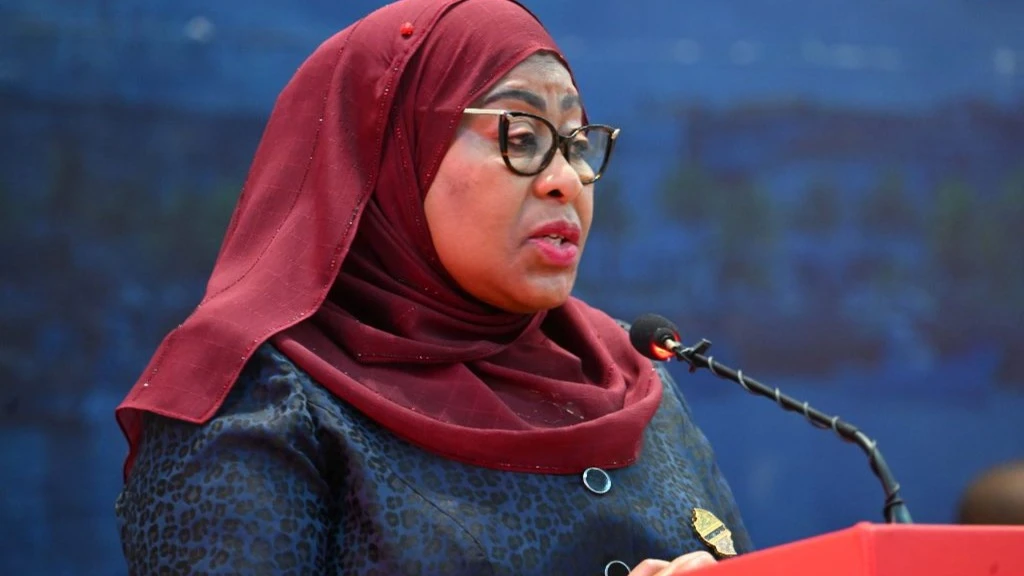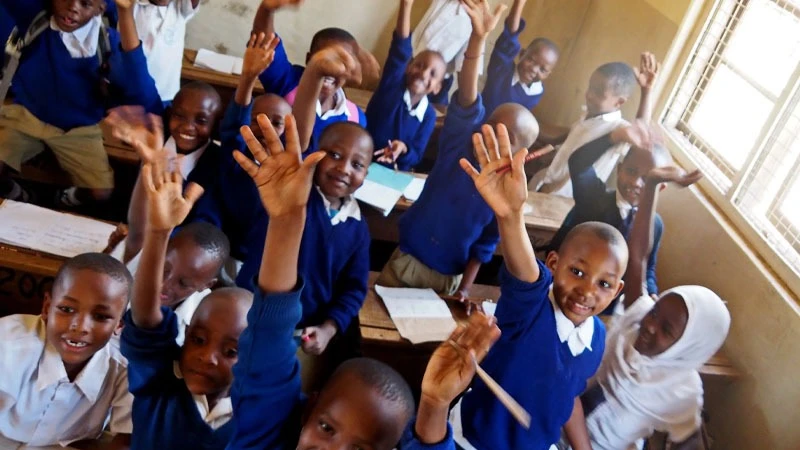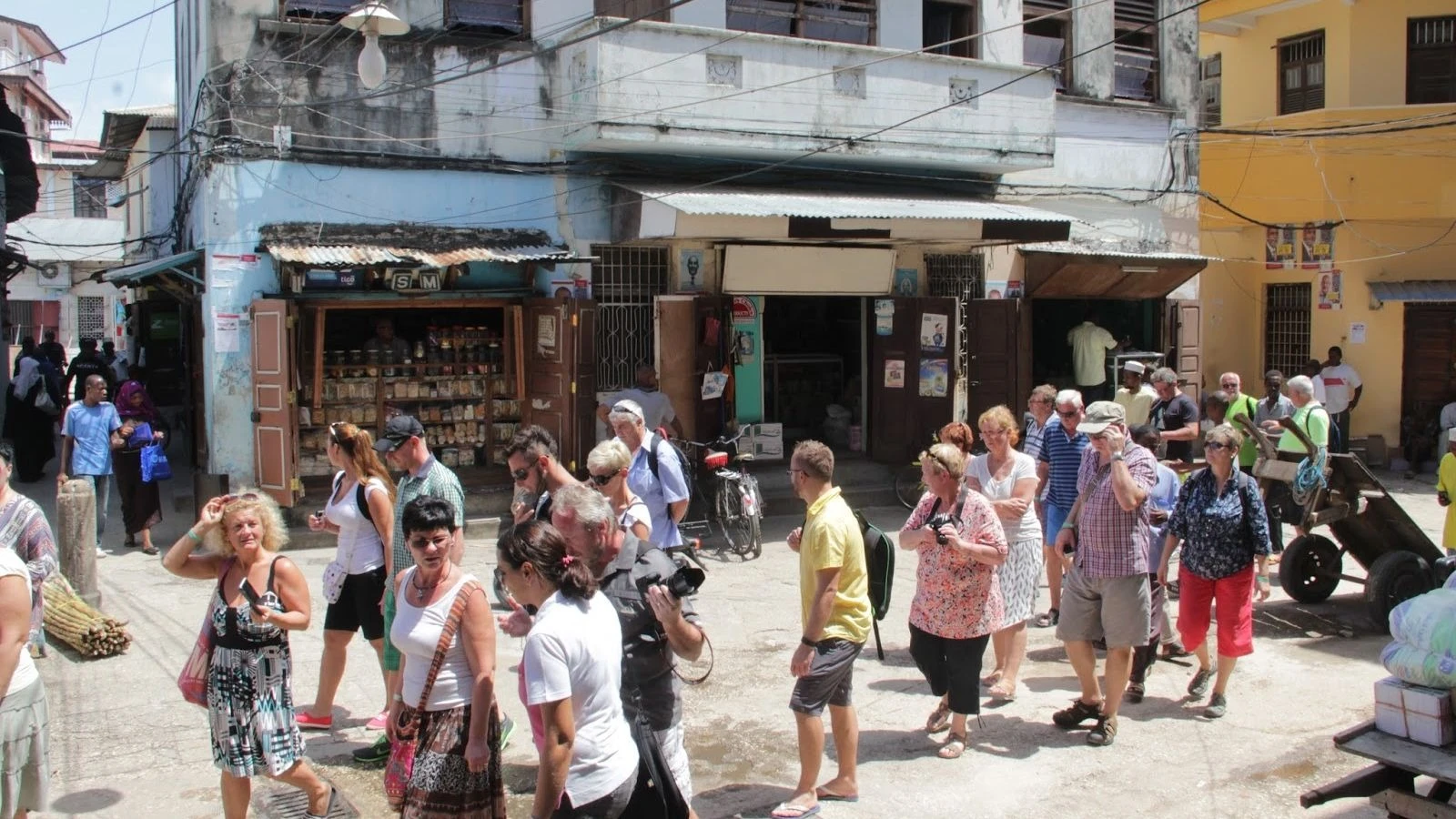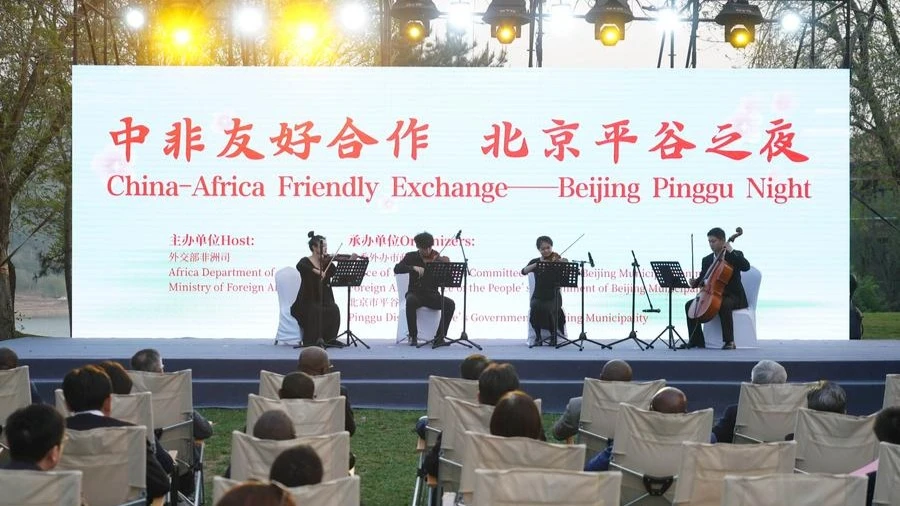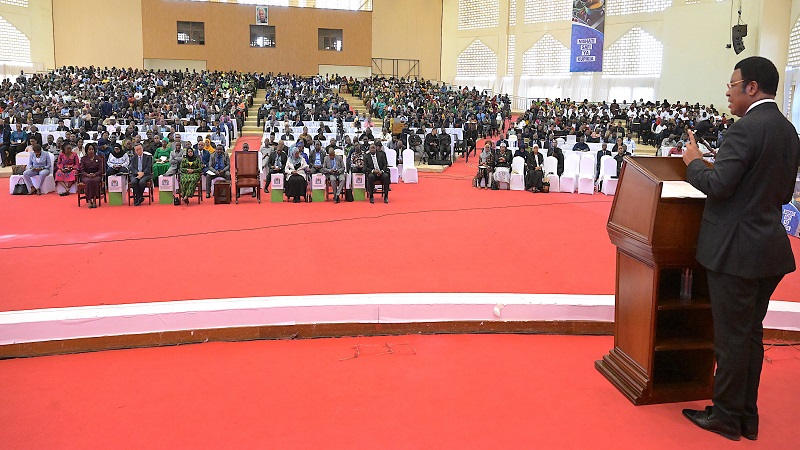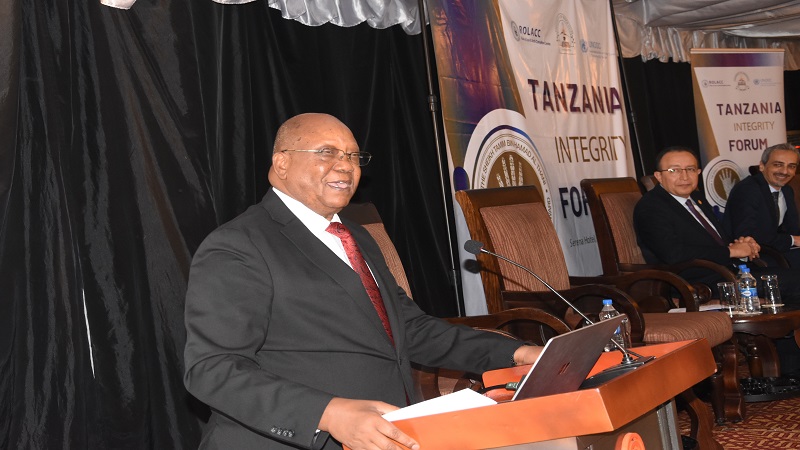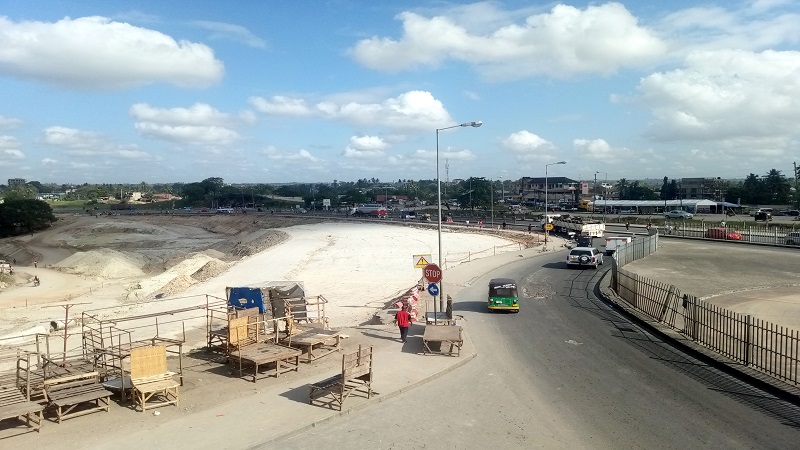Re-greening Africa: land restoration to care for environment, food security
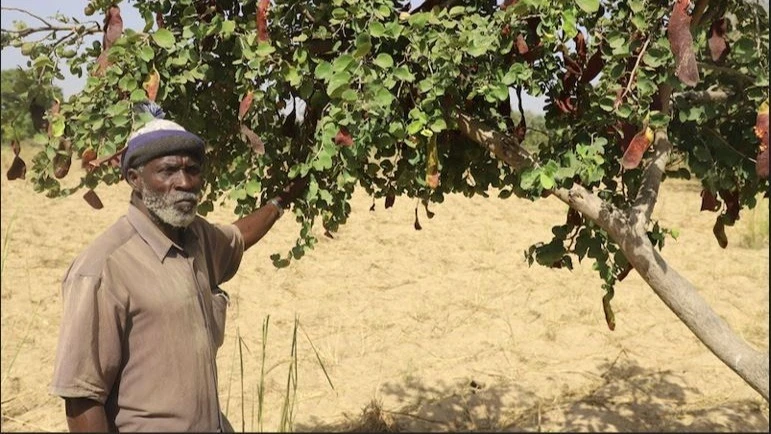
WITH the stories we see of disasters and increasing food insecurity around the world, it would be easy to think that there is little hope for positive change for many communities. However, in my work on projects to support children and their communities to re-green their local environments, I have been privileged to see plenty of positive change. One of the most striking is that achieved through an approach known as Farmer Managed Natural Regeneration (FMNR).
This approach is a key part of Re-greening Africa, a collaboration of organisations aiming to restore one million hectares of degraded land across Africa. Re-greening Africa was named one of the UN World Restoration Flagships this year, celebrating projects that prevent, halt, and reverse the degradation of ecosystems as a part of the UN’s Decade on Ecosystem, and it shows just how powerful FMNR can be in driving positive change for the environment.
We have also launched a global movement to restore one billion hectares of degraded land across the globe, working together with others to achieve this goal.
FMNR is a low-cost land restoration technique to increase food and timber production and resilience to climate extremes. In practice, FMNR involves managing the re-growth of shoots from tree stumps where trees have previously been cut down. The new shoots are pruned away to leave just four or five which can then re-grow rapidly due to the root system still in place underground from the felled tree. Regular pruning can provide a farmer with firewood or fodder for their animals, and gradually the shoots are reduced to the one strong trunk of the restored tree. The regrown shrubs and trees help restore soil structure and fertility, inhibit erosion and soil moisture evaporation, rehabilitate springs and the water table, and increase biodiversity.
We are told in the Bible, in Leviticus 25:24, “you must provide for the redemption of the land”, and FMNR and the Re-greening Africa initiative makes that the number one priority. In the twenty-first century we have come to realise the severity of the climate situation. And Christians acknowledge our sin in over-exploiting the planet’s resources, not caring enough for God’s creation. We have been polluting the air, rivers and seas, we have been cutting down forests and using dangerous chemicals on the land.
Across Ethiopia, Ghana, Kenya, Mali, Niger, Rwanda, Senegal, and Somalia and many other countries, we are working alongside communities to restore trees, expand existing re-greening practices, and train farmers and communities in sustainable land management techniques, with knowledge they can then pass on themselves. Agroforestry is a key part of this – the integration of trees with crops and livestock, allowing for sustainable land management solutions that work for people, regardless of their economic situations.
In fact, the original FMNR practices were pioneered by a colleague called Tony Rinaudo over 25 years ago. He worked with local farmers in Niger, implementing the approach that has been so successful that it made its way to at least 24 African countries. It’s no surprise then that he was nicknamed “The Forest Maker”!
FMNR has economic, social and environmental benefits, and helps to achieve goals central to the UN’s 2030 Agenda for Sustainable Development, including improving healthy lives, food security, eliminating poverty, and developing communities in a sustainable way.
We know that when the environment is cared for, this has additional benefits. Healthy environments produce food and resources, which then help communities grow in a sustainable way and ultimately improves the lives of children and their families. Through partnering in the Re-greening Africa initiative, and through promoting methods such as FMNR, households and whole communities across several African nations are increasing their resilience, setting themselves up for long-term success using techniques that can be passed on.
This is why it is vital to care for the environment, so we can subsequently care for the people living within it. The world’s most vulnerable children are at the heart of everything we do, and we don’t stop at FMNR. We try to raise the voices of children as much as possible, and so we took five children and young people to the climate change talks at COP28 last year so that they could speak to decision makers and tell their stories about how climate change has been affecting their families and communities.
Communities in the Sahel region of Mali are an excellent example of FMNR in action. One farmer, Adama, told us that his yield went from four bags of millet of 100kg each before training, to eight bags of millet, eight bags of maize and 10 bags of peanuts and beans with FMNR. These kinds of improvements are vital to feed his family, including nine children – and it translates to tangible changes in their lives. This education can be passed on within communities as well, with Adama being a testament to the success of the methods.
With such effective results, we are excited to see more communities and landscapes benefitting from land restoration techniques and the Re-greening Africa initiative, and we will continue to work with our partners to drive positive change on the continent. It is often the most marginalised and vulnerable people around the world that bear the brunt of environmental degradation and climate change, and so we pray for justice in the provision of resources to those most impacted, and justice in addressing the causes of climate change. We will continue to work alongside communities across Africa to make this possible and thank all that have supported that work thus far.
By Jason Garrett
Top Headlines
© 2024 IPPMEDIA.COM. ALL RIGHTS RESERVED


